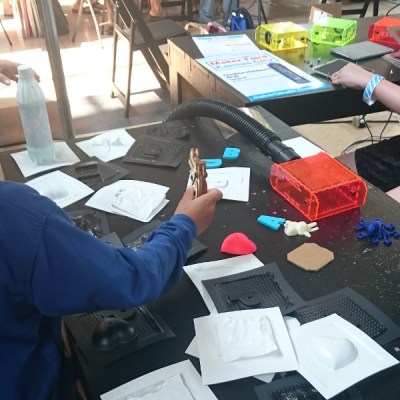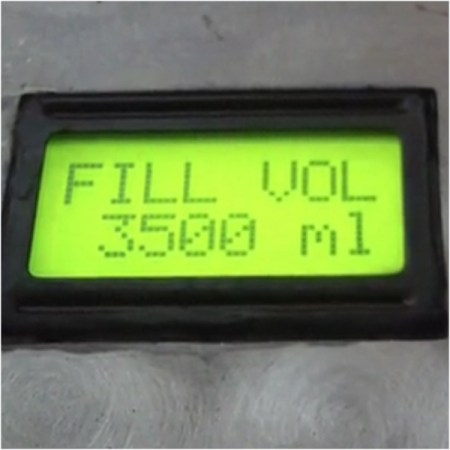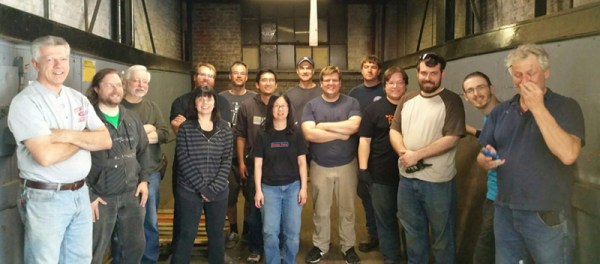PunchThrough, creators of the LightBlue Bean, have just launch a Kickstarter for a new version called LightBlue Bean+. The tagline for the hardware is “A Bluetooth Arduino for the Mobile Age” which confirms that the hardware is targeted at a no-hassle, get it connected right now sort of application.
 For those unfamiliar, the original LightBlue Bean is a single board offering meant to marry Bluetooth connectivity (think Cellphones with BTLE) to the capabilities of a microcontroller-based hardware interface. The Bean+ augments this hardware with a 300m+ range increase, an integrated LiPo (600mAh or more), and headers/connectors where there were only solder pads before.
For those unfamiliar, the original LightBlue Bean is a single board offering meant to marry Bluetooth connectivity (think Cellphones with BTLE) to the capabilities of a microcontroller-based hardware interface. The Bean+ augments this hardware with a 300m+ range increase, an integrated LiPo (600mAh or more), and headers/connectors where there were only solder pads before.
On the software side of things the Bean+ has four firmware options that make it speak MIDI, ANCS, HID, or Peer-to-Peer, only not all at the same time. The good news is that these are ecosystem upgrades and will work for existing Bean hardware too. The entire thing comes with online-platform integration and easy to use Smartphone tools to guide you through connecting and making something useful.
The board includes a battery tending circuit that allows it to be charged via the USB port but can run over a year between recharges if you use it judiciously. There is a slider switch near the pin sockets marked “A3, A4, A5” which toggles between 3.3v and 5v so that no level shifters are needed for sensors and other hardware you might use with it. The white connectors seen near the bottom of this image are Grove connectors. These provide I2C and Analog support to that ecosystem of add-on boards.
All in all this is a pretty sweet upgrade. The MSRP will be $45 but early backers can get in around 10-25% less than that. The price doesn’t mean it’s a no-brainer to pick one up, but the header options make this much more versatile and reusable than the original Bean and we like the idea of a rechargeable battery of the coin cells used by Bean+’s predecessor. It is an each choice for drop-in no hassle connectivity when bottom line isn’t your top concern.
Original LightBlue Bean is available in the Hackaday Store.



 Kevo is a simple and affordable solution for makers of all stripes. It can be used to make molds, blister packaging for items, or even electronics enclosures. [Ted]’s
Kevo is a simple and affordable solution for makers of all stripes. It can be used to make molds, blister packaging for items, or even electronics enclosures. [Ted]’s 













